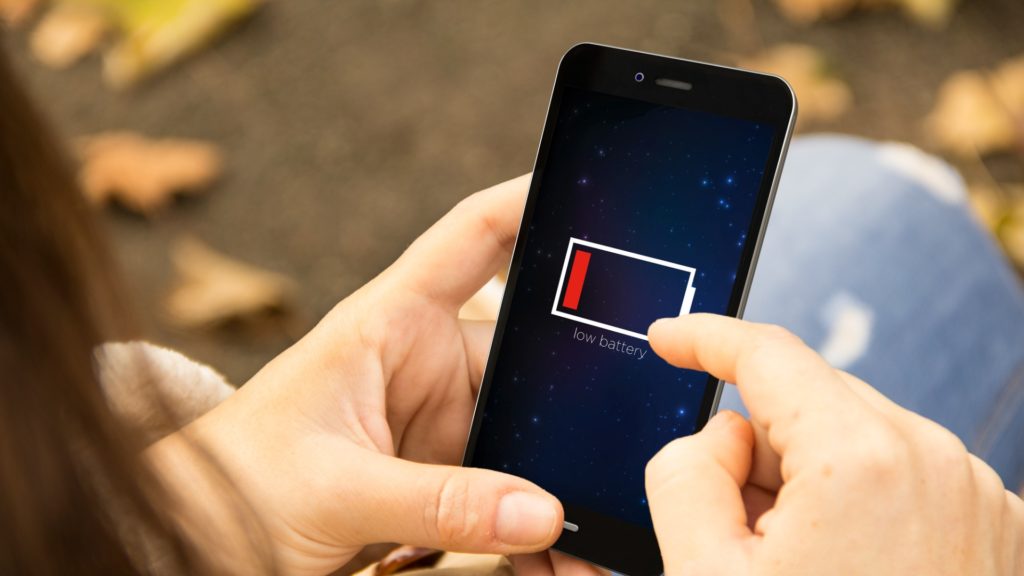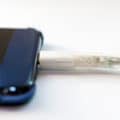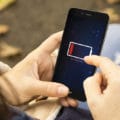If you have an iPhone or Android device, you’ve probably experienced some of these problems yourself. We’ve compiled a list of common issues people have with their phones and offer solutions to help you get back to normal.
Your phone is acting upon you at the worst possible time. You can’t find your phone, and it’s taking forever to charge. You’re trying to find the charger when you’re about to leave for work. Your phone is completely dead. Your phone is completely dead. It doesn’t make sense to you how to fix it. All of these things are frustrating and annoying.
How To Repair A Cracked Screen
Whether it has fallen out of your pocket, dropped across the street, or been hit by something by accident, your phone is made of high-tech glass and is susceptible to cracking. As screens are made of glass, you can only perform a complete screen repair by replacing the entire screen.
However, a cracked screen may be unattractive, unreliable, and potentially hazardous.
- If the cracks are minor and you can still access your phone’s apps and functions, but you do not wish to replace the screen, you may wish to buy a high-quality screen protector to prevent further damage, and you may wish to have a professional install it.
- No reinforced or treated glass can eliminate the risk of a cracked screen, and screen protectors may weaken the device’s ability to use the touch screen.
- It is possible to purchase replacement screens online if you are very tech-savvy and the DIY type. Please ensure that you order the recommended tools since smartphones contain unique, small components.
You can check out our cell phone repair section for those who would prefer their screens to be repaired professionally.
How to Repair Water Damage
Even for highly skilled technicians, water damage is a tough repair. However, many circuits will survive getting wet if they are not connected to a power source (e.g. a battery).
Additionally, many modern smartphones from 2016 or later have water-resistant designs.
If your phone becomes wet or goes through your washing machine, there are several steps you can take to minimize damage. You might consider purchasing a custom waterproof case or dry bag with an excellent seal, touch-friendly panels, and certified protection before taking your phone into the water. Several models in common use today do not provide this level of protection.
- It would be advisable to remove your device from the water (so long as it is not connected to an electrical outlet submerged in water, you should call an expert).
- Due to the potential for shorting your motherboard’s internal technology when water and electricity combine, you should turn it off as soon as possible. If you have not seen a technician yet, you should not turn it back on.
- It is possible to dry it out yourself if you are comfortable taking the risk. The following tips may help you:
- Remove all components to which you may have access without violating your warranty, e.g., the battery cover, the battery, SIM tray, etc.
- We recommend that you gently dry all devices by hand with a soft towel or rag (do not apply heat or blow air into the device).
- Alternatively, you can use a vacuum cleaner with a narrow hose attachment to remove moisture from the phone (make sure not to move it too much or dislodge sensitive components). Also, avoid holding the vacuum too close to the phone to prevent static electricity from occurring.
- Do not try the ‘put your phone in uncooked rice’ trick. Dust can enter your phone through this method. Place your phone on paper towels overnight to check for water leaks and rotate the device every hour before you retire to bed.
- Do not turn your device back on until 24 hours have passed. Check that the phone is functioning properly.
Fixing Charging Issues
Are you experiencing slow charging or a short period between charges on your phone?
Batteries and charging issues are common in older smartphones, but some modern smartphones can suffer from these issues. The average smartphone battery lasts approximately 500 cycles, translating into 18-24 months. Your battery, charging port, software, or all of the above could cause charging problems. Here are steps to resolve them:
- Try replacing the charging cable with another one made by the same manufacturer as your phone. Occasionally, charging issues are caused by faulty components in-wall adapters and charging cables.
- Be sure to check the port on your charger.
- To maximize battery life, you could roll back your operating system to an earlier version of the latest operating software update isn’t important to you.
- You may need to repair your phone or replace your battery if the above methods do not resolve your charging issue. You can always contact a cell phone repair near your home.
How to Fix Your Slow Phone
When a smartphone becomes outdated and new software innovations are made, it may suffer from slowdowns. If your device is not performing at its peak, you have several ways to restore it. These methods include:
- Disable or uninstall unnecessary or memory-consuming applications (also known as bloatware) to save RAM and processing power for more important tasks.
- Install lightweight versions of apps to enhance the speed and efficiency of the device. These apps are less demanding on the device’s hardware.
- Clear your cache from the Storage menu under Settings, and close any open applications.
- You should contact your manufacturer if these methods have not worked and your phone is still experiencing slowdowns.
Conclusion
In conclusion, you can fix most phone problems with some common sense. If your phone is not working properly, it could be because the battery is dead or there is a problem with the cable or the charger. Check all of these things before contacting the company that sold you your phone. If you think you cannot solve the problem, you can always contact us, and we would love to assist you.









